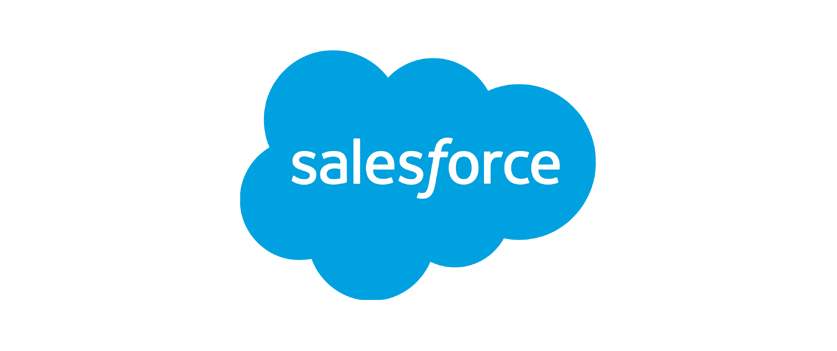Bespoke CRM for Sales & Marketing. What it does, why it works, and how it brings both teams together

Let’s start with the obvious: managing leads, tracking conversations, following up on time, knowing what’s working — these are all critical to growing any business.
And yet… too many sales and marketing teams still rely on spreadsheets, scattered email threads, and crossed fingers to manage it all.
We’ve seen it countless times. Sales teams working from inboxes. Marketers unsure which campaigns led to what. Conversations forgotten. Hot leads lost in the shuffle.
That’s where a CRM system changes the game.
A Quick Reality Check
If your sales and marketing teams don’t have a clear, shared system to track leads and activity, you’re working harder than you need to — and losing opportunities without realising it.
A good CRM gives structure to your pipeline, transparency across teams, and tools to follow up efficiently. It’s not about adding more work. It’s about removing the guesswork.
What Sales Teams Actually Need
We’ve worked with plenty of sales teams. Here’s what they tell us they want:
-
“I just want to know who I’m supposed to follow up with today.”
-
“I don’t want to dig through emails to remember the last conversation.”
-
“It’d be great if my manager could see my pipeline without asking me to update 3 spreadsheets.”
A CRM gives them that.
With the right setup, every lead has a clear status, next step, and full history — visible at a glance. Follow-ups aren’t forgotten. Progress is trackable. And reporting doesn’t require guesswork.
What Marketing Teams Actually Need
Marketing often operates a step removed from the action. They launch campaigns… but what happens to the leads?
With a CRM, marketers get to see the whole journey.
They know which campaign brought in the lead, whether the sales team picked it up, and what the outcome was.
That’s powerful.
It means better targeting, more relevant content, and improved ROI — because they’re working with real feedback, not assumptions.
The Missing Link: Visibility
When sales and marketing don’t have a shared system, friction builds.
Sales say, “Marketing’s sending us low-quality leads.”
Marketing says, “Sales isn’t following up.”
A CRM changes that by showing the full picture — from first touch to final sale. Everyone sees what’s happening. Everyone’s on the same page.
A Real-World Example
One of our clients, a small but growing consultancy, had two teams working side-by-side — sales and marketing — but zero shared tools.
Leads came in via web forms, social media, phone calls, and events. Marketing would pass them over, and then… silence. No one knew who was contacted, what was said, or if the lead converted.
We built a simple, clean CRM for them — customised around their existing process.
The difference?
-
Sales follow-ups happened faster
-
Marketing adjusted messaging based on real feedback
-
Monthly reporting took 10 minutes, not two days
-
Revenue went up — and finger-pointing went down
What a CRM Can Do for You
Here’s just a taste:
-
💬 Track every lead and conversation
-
⏰ Set reminders so nothing slips through
-
📊 See your pipeline at a glance
-
✉️ Send emails from inside the system
-
📥 Automate lead capture from your website
-
🔍 Measure campaign effectiveness
-
🧠 Spot trends and bottlenecks
And with a bespoke CRM?
You can build it around your workflow — not force your team to adapt to something that doesn’t fit.
Common Signs It’s Time for a CRM
✅ You’re using 3+ tools to track leads
✅ Sales and marketing don’t talk much
✅ You’re not sure how leads are being handled
✅ Follow-ups depend on memory
✅ Reporting takes more than 30 minutes
If any of those sound familiar, it might be time.
Final Thoughts
A CRM isn’t just a tool — it’s how you bring focus and flow to your customer journey.
It’s how your sales and marketing teams stay in sync, waste less time, and close more business.
Whether you’re a 2-person startup or a growing firm with 20 reps — the right CRM can make your life easier from day one.
FAQs
Q. We’re already using Google Sheets and a few tools — why change what’s working?
Q. Isn’t a CRM kind of overkill for a small team like ours?
Q. I’m not great with tech — will this be hard to use?
Q. Will I need to stop using tools I already like — like Outlook or Mailchimp?
Q. What’s the real benefit for us — is it just reporting and automation?
Related Blogs

Efficient Management of Estates Using CRM Solutions
To begin with, the business of estate agency and real …

Revolutionising Your Marketing Automation Strategy
What is Marketing Automation? Marketing automation …

Benefits of Bespoke CRM software over Salesforce CRM
Are you having a hard time efficiently managing your …


